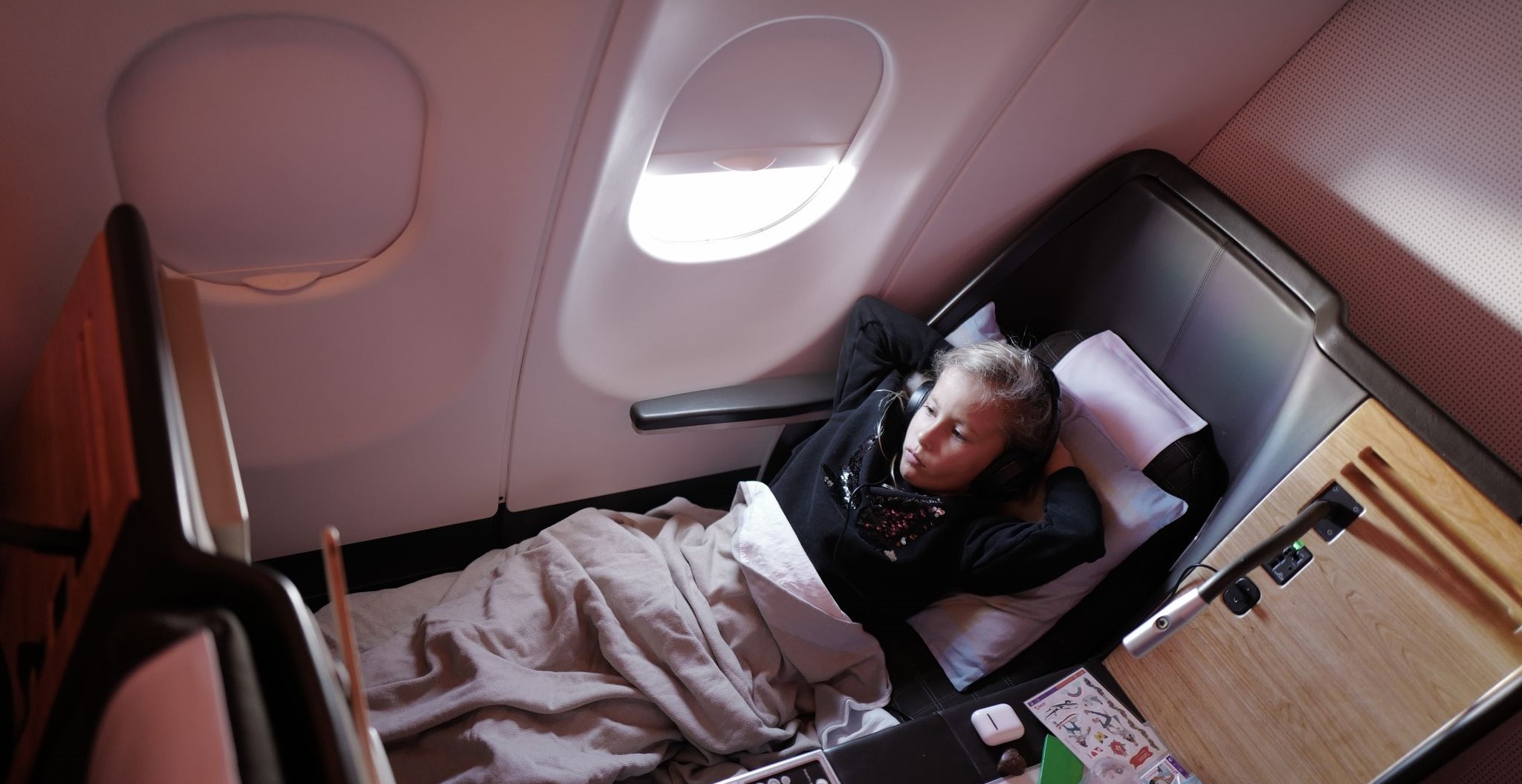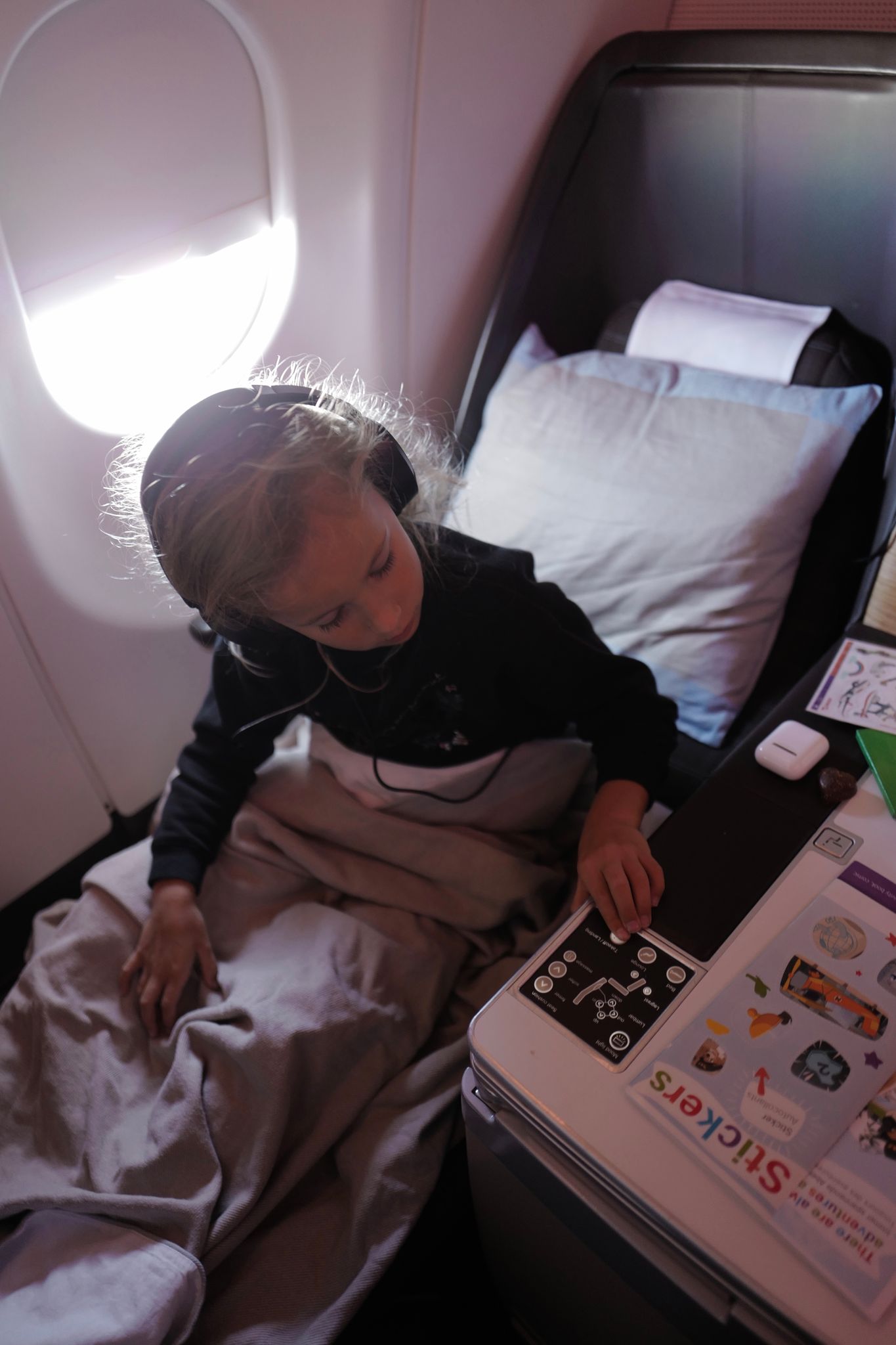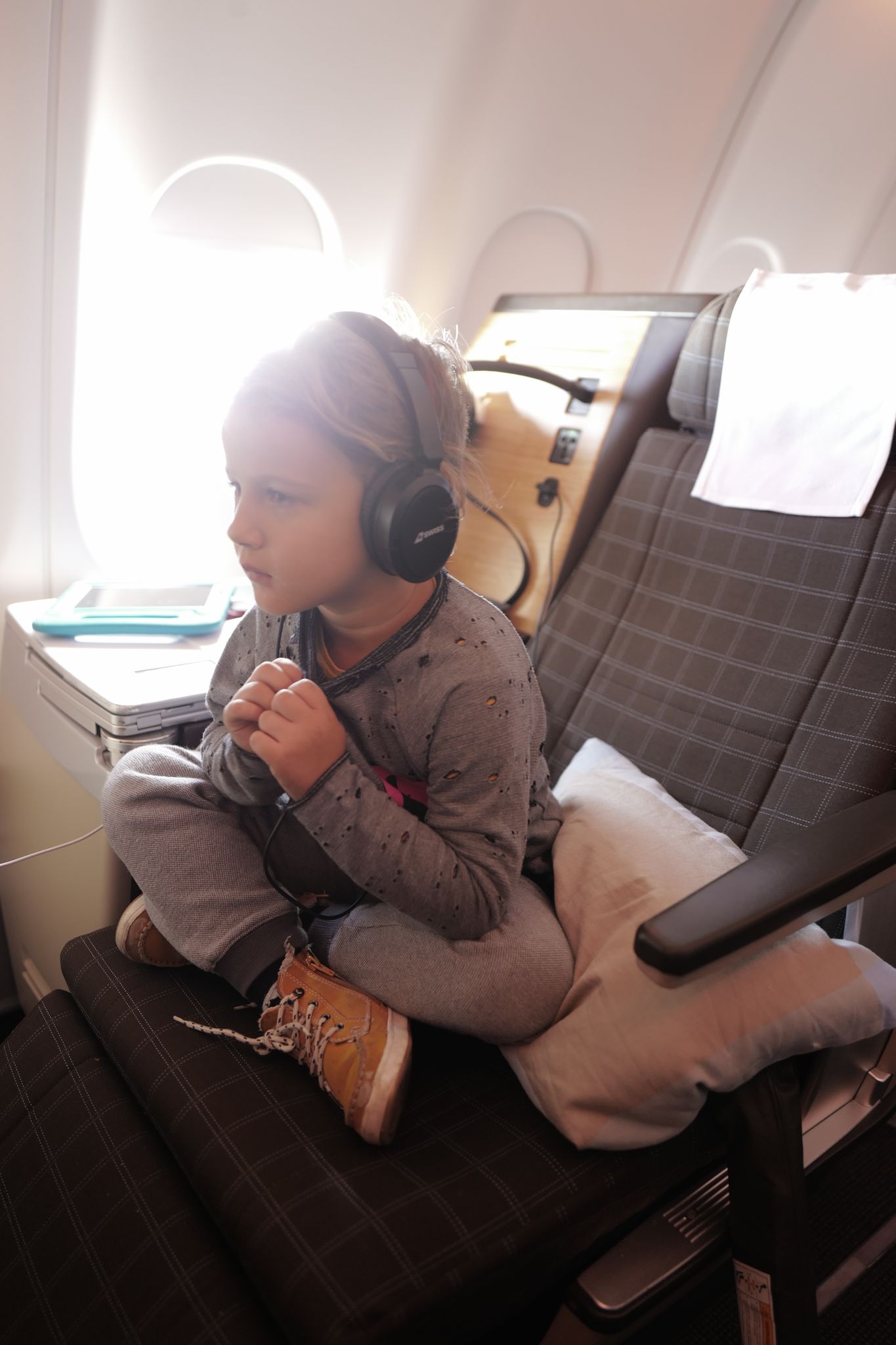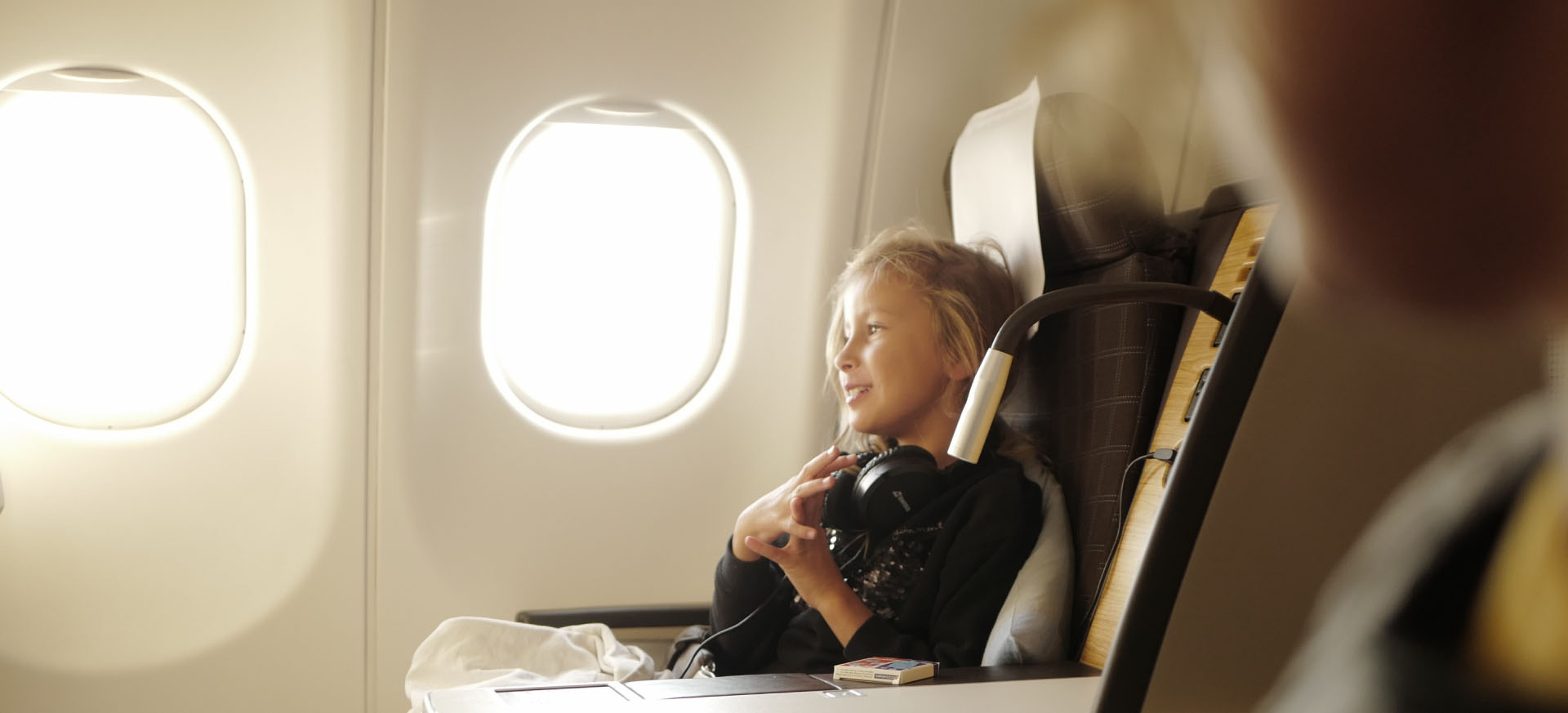Parents experience many firsts with their children: steps, words, days of school, and many more. Letting your child fly alone – especially overseas – can be a particularly intimidating rite of passage. The good news? Millions of unaccompanied minors successfully make solo flights every year.
Whether your child is headed to visit family, joining a school or service trip, or traveling solo for any reason, understanding what’s involved can help ensure that your child’s international flight goes as safely and smoothly as possible. To that end, we’ve rounded up everything you need to know about unaccompanied minors and overseas travel post-COVID-19 (Coronavirus).
Different Airlines, Different Rules

For starters, be aware that unaccompanied minor policies vary from airline to airline so be sure to check in directly with your carrier for the most accurate and comprehensive information. Additionally, as the pandemic situation is fluid, the rules change regarding minors traveling post-COVID so be sure your information is up-to-date.
Also, while some airlines allow unaccompanied minors on international flights, others – such as Southwest and Spirit – do not.
Furthermore, unaccompanied minors are typically not allowed on code-share flights.
Age Requirements for Kids Flying Alone
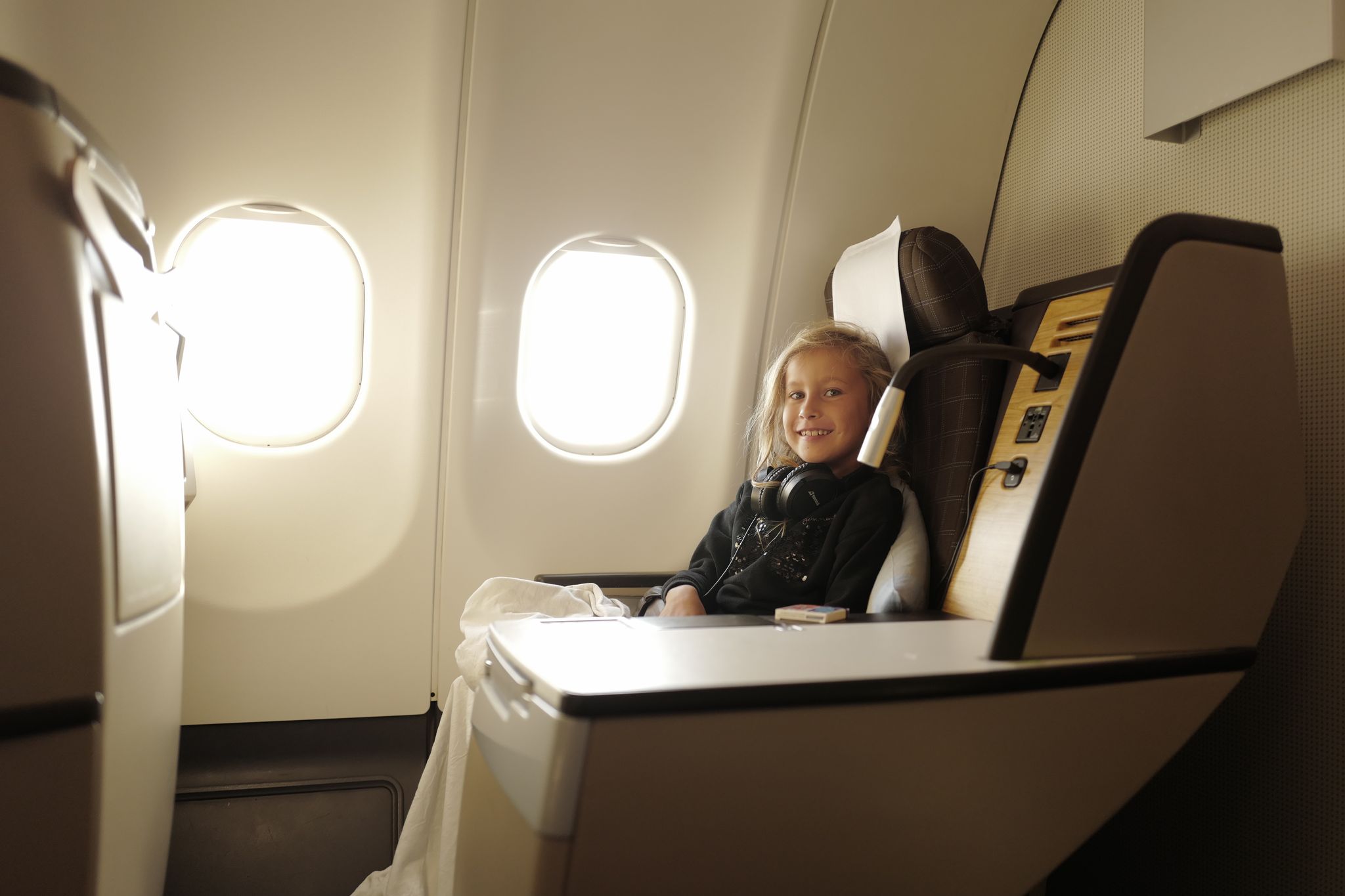
Most airlines consider kids between 5 and 14 years of age to be “unaccompanied minors.” Depending on the airline, certain rules apply. For example, some airlines may not allow children under a certain age to make connections at all, while others will allow them to change planes if they’re assisted by airline personnel. Here is a closer look at common policies:
Kids must be five or older to fly alone. Children under five may only fly when accompanied by an adult.
Children between the ages of five and seven can take direct flights to single destinations, but may not change to a connecting flight.
Some carriers may allow kids of ages eight and up to take connecting flights. Usually, an escort will be provided by the airline.
For 15-, 16-, and 17-year-olds, unaccompanied minor service is usually optional.
For international flights, all unaccompanied minors should be prepared to provide a signed letter of consent from their parent or guardian.
And remember: Age requirements refer to your child’s age on the travel date, not upon booking.
Fees for Unaccompanied Minor Travel
As with age requirements and policies, unaccompanied minor fees depend on the airline as well as other factors, including the child’s age and whether the flight is direct or has connections. Typically, airlines charge between $35 and $150 for unaccompanied minor travel; note that these fees are each way. If you have multiple children traveling together, you may be charged a single fee for both or a fee for each child.
Additional Tips and Considerations
Reading a carrier’s policies before booking a flight for an unaccompanied minor can prevent hassles and headaches. For example, some airlines don’t allow unaccompanied minors on “red-eye” flights or on an evening’s last connecting flight.
Always inform the airline in advance of unexpected minor travel. Providing this information via customer service ensures that all parties have the necessary information.
Even if your child is old enough to change planes, purchasing direct flights whenever possible minimizes the chances of complications. If a connecting flight is absolutely necessary, sticking with a smaller, less busy airport can lead to more successful transfers. In fact, some carriers only allow certain connecting cities for children flying alone.
Book morning flights whenever possible as this affords you the rest of the day to make other plans if a flight is missed, delayed, or canceled.
Checking baggage is an additional consideration. To minimize the chance of problems, limit luggage to a carry-on bag and personal item. If your child does have to check a bag, check and double-check to confirm that all information is correct on the luggage tag and claim ticket.
Prepare your child in advance for what to expect, and make sure all emergency contact information and required documentation, such as a copy of his/her birth certificates, are safe yet easily accessible. Make sure your child also understands the instructions for all possible outcomes, such as flight delays and cancellations. Unaccompanied minors should also have enough money to pay for unexpected expenses that may arise, such as overnight lodging.
Allow yourself plenty of time at the airport for checking in. This also minimizes stress while giving children time to acclimate to the environment and situation. Be sure to point out help desks and uniformed employees to ask for help.
One parent or guardian is expected to accompany the child to the gate and remain there until takeoff. You will receive a pass allowing you to go through security after check-in.
Your child should also travel with the name, address, and contact information for the person meeting them at their destination (You will also be expected to provide this information to the airline). A photo of the person meeting your child can be helpful, as well. The adult meeting your child should also have photo identification with them.
Be sure to pack necessities and comfort items for the flight, such as snacks, an electronic device, books, and a blanket. Wait to purchase any drinks for the flight until after you go through security.
As with all travel during the COVID-19 pandemic, international rules and regulations may be heightened. In addition to paying attention to rules for unaccompanied minors, be sure to keep up with pandemic-related changes as they emerge and evolve.
One last thing to keep in mind? When we talk about giving our kids “roots and wings,” we’re not necessarily thinking of it literally. However, this is exactly what passing along your love of travel to your children accomplishes. At Business Class, we are happy to see the love of travel passed along to future generations – which is one of the reasons why we work so hard to bring you the very best deals. Find the best first-class flights at Business Class today.

